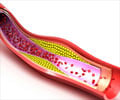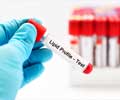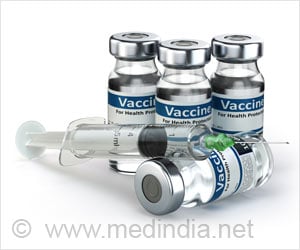Mayo Clinic researchers have discovered a protein interaction that may explain how the deadly Huntington’s disease affects the brain.
Mayo Clinic researchers have discovered a protein interaction that may explain how the deadly Huntington’s disease affects the brain. The findings, published in and featured on the cover of the current issue of Human Molecular Genetics, show how the mutated Huntington’s protein interacts with another protein to cause dramatic accumulation of cholesterol in the brain.
“Cholesterol is essential for promoting the connection network among brain cells and in maintaining their membrane integrity. Both the level of cholesterol and its delivery to the proper locations in the cell are essential for the survival of neurons,” explains Mayo Clinic molecular biologist Cynthia McMurrary, Ph.D.“Our discovery that the mutant Huntington’s disease protein derails the cholesterol delivery system and causes cholesterol accumulation in neurons provides us with key results and solid clues to the mechanism of this disease,” says Dr. McMurray. “Fully understanding the mechanism of toxicity is the key to developing treatments.”
Huntington’s disease -- sometimes called Huntington’s chorea or St. Vitus’ dance -- is a progressive, degenerative condition that causes nerve cells in the brain to waste away. Symptoms include uncontrolled movements, emotional disturbances and mental deterioration.
The mutant protein of Huntington’s attacks the railroad system of brain cells and impairs transport of essential materials required for neurons to function. When this transportation system goes awry in the parts of the brain affected in Huntington’s disease, motor skills, cognitive skills and even speech can be affected. A person cannot move without shaking, and physical control gradually deteriorates, often with accompanying personality changes, depression and increased risk of suicide. Those who have Huntington’s commonly die from complications of the disease, such as falls or infections.
Approximately 30,000 Americans have Huntington’s disease. Another 150,000 carry the gene and have a 50 percent risk of passing it on to their children. The disease is easily diagnosed by a blood test, but symptoms usually don’t appear until middle age.
Significance of the Research
Advertisement
Because no one knows how the disease is incurred or spreads, this new information is critical and establishes a clear path for investigations to move forward.
Advertisement
Source-Newswise
SRM











